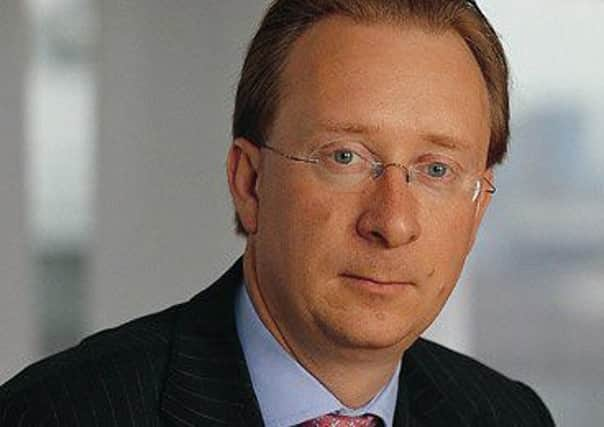Bill Jamieson: Even nearer to the crunch point for pensions


And according to the PwC figures, just 67 per cent of their £2.2 trillion of estimated future liabilities of these funds is covered by their assets. The clear implication is that many pension funds are now at risk. Investment returns have slumped as yields on ten year government bonds are now down from more than five per cent in 2007 to just 0.86 per cent today. Some argue that pension deficit numbers, while scary, don’t much matter. They are statistical projections by actuaries. And as bond yields (and prices) are so volatile, numbers can change radically, as can the response by savers who would turn to other assets.
But the numbers do matter. One reason is that pension regulation has obliged many funds to “de-risk” by investing almost entirely in bonds and fixed interest instruments. While this “liability driven investment” helps to reduce uncertainty over long-term returns (relative, for example, to a portfolio of equities) it can trap pension savers into a fund with low returns.
Advertisement
Hide AdAdvertisement
Hide AdSecond, billowing pension deficits if uncorrected would oblige companies to make ever greater cash injections into their funds – cash that might otherwise have gone to business expansion and investment. And pension fund members would be called upon to make higher contributions to help compensate for the lower long-term returns on the funds’ investments. According to some calculations, today’s retirees will have to put up with a pension of just £3,774 a year after 20 years of saving £200 a month. When they took out the policy, they were told they could expect nearer £29,000. That means their pensions will have shrunk by 87 per cent compared with insurance company estimates two decades ago.
And all this can get circular – and self-defeating. Actuaries use the yield on gilt-edged stock as a means by which to calculate how much they will have to pay out in pensions in the future. A fall in the interest rate means a company needs more now than it had previously calculated. Thus, the more yields fall, the more that pension savers have to put into the fund to meet their retirement expectations.
Funding retirement incomes in this way is costly. And it defies conventional investment logic: the more expensive bonds become (the obverse of falling yields) the more of them schemes must buy. Now of course, pension funds have benefitted from rising bond prices, so on a total return calculation it can be argued that the damage may not be as great as those actuarial calculations suggest. Government bonds are also perceived as being “safer” investments than equities or property. But how safe? There is a growing view that we are approaching a crunch point in bond yields – they have fallen as far as they can and will now start to rise. There were signs last week of an upward bounce in yields.
This, after all the scares of negative interest rates, might sound like the cure. But do you want to be holding your pension fund in an asset class where prices are falling?
Some are bracing themselves for a bond market crunch point. Richard Woolnough, manager of the UK’s largest bond fund – the £15bn M&G Optimal Income – has moved to ‘negative duration’ on UK debt for the first time in response to the rising threat of inflation and the surge in bond prices since the EU referendum.
Expressed in years, duration is the measure used to show a bond fund’s sensitivity to interest rate changes. The overall duration for Woolnough’s fund is currently at a low 2.6 years, reflecting the view that interest rates in the developed world are expected to slowly rise following the first increase in US rates at the end of last year. That lessens the appeal to investors while the return of inflation would erode the fixed returns from bonds.
As to the timing, bond market sceptics have been warning for two years that the market is vulnerable to a reversal. So why worry about them now? There are signs that the era of central bank monetary easing is drawing to a close, and that the US Fed wants to see rates higher. Investors look to be shifting towards growth stocks in anticipation of a recovery.
There are no magic bullets, other than risk diversification,or spreading long-term savings over domestic and overseas equities, cyclical as well as defensive stocks, property and gold or gold related assets as well as bonds.